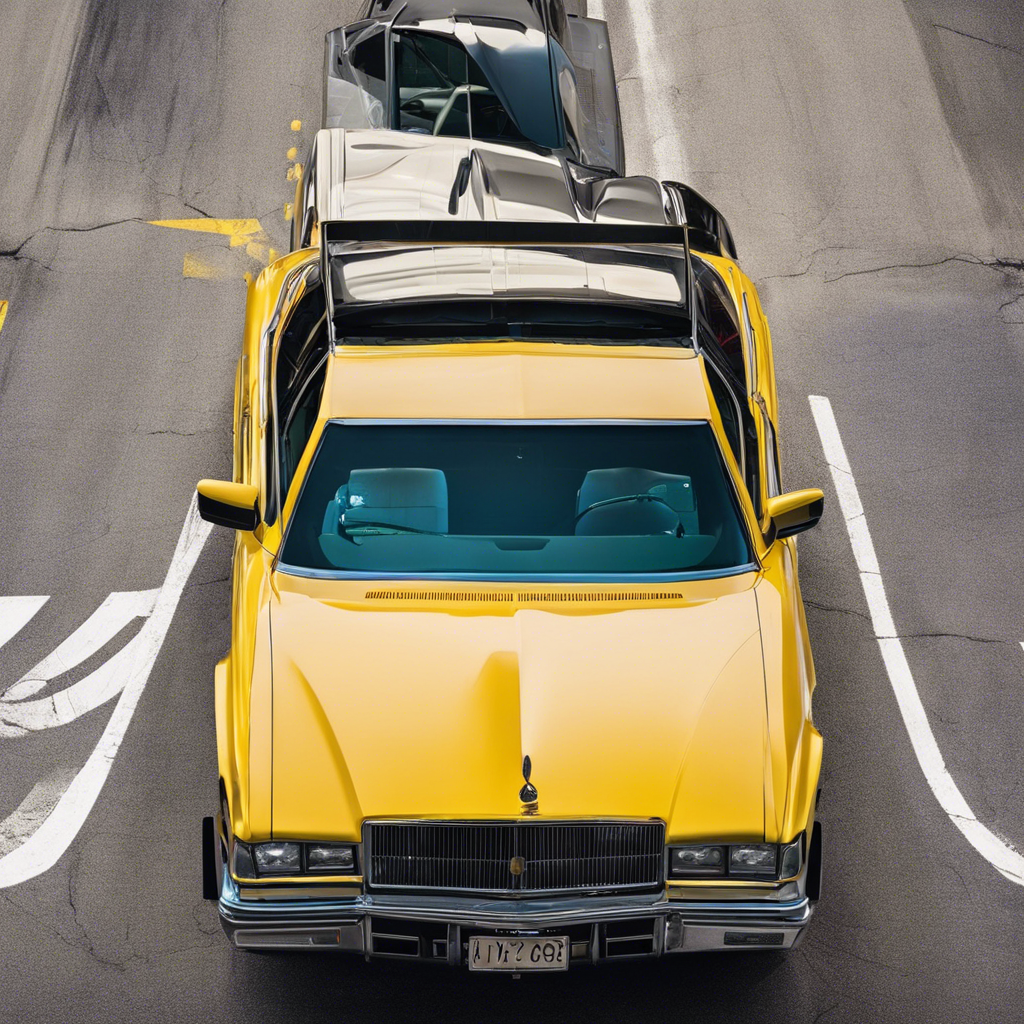When navigating the rules of the road, understanding the concept of right-of-way at yield signs is crucial for all drivers, cyclists, and pedestrians alike. Yield signs are essential traffic control devices designed to prevent collisions and maintain the smooth flow of traffic. However, accidents at these intersections are not uncommon, and determining fault in such situations can be complex. This article aims to shed light on the factors involved in assigning blame when accidents occur at yield signs.
When approaching a yield sign, drivers are legally obligated to slow down and, if necessary, stop to allow other drivers or pedestrians with the right-of-way to proceed safely. Failure to yield is a common cause of accidents at these intersections. For instance, if a driver speeds through a yield sign without giving way to oncoming traffic, they are likely to be at fault if a collision occurs. Similarly, if a driver fails to yield to a pedestrian in a crosswalk, they are responsible for the accident and any resulting injuries.
In some cases, determining fault may not be straightforward. For instance, if two vehicles collide at a yield sign, both drivers may share the blame. One driver might have failed to yield, while the other was speeding or distracted. In such scenarios, it’s essential to consider all contributing factors, including weather conditions, road visibility, and the actions of each party involved. Witness statements, traffic camera footage, and accident reconstruction techniques can help piece together the sequence of events and identify the primary cause of the accident.
**
To prove fault in accidents at yield signs, collecting evidence is crucial. This can include photographs of the accident scene, statements from witnesses, and police reports. Drivers should also gather insurance information from all parties involved and document any injuries or vehicle damage. If possible, creating a diagram of the accident scene and the positions of the vehicles can also assist in demonstrating fault.
Prevention is always better than dealing with the aftermath of an accident. Drivers should exercise caution and follow road rules when approaching yield signs. This includes reducing speed, scanning the surroundings for potential hazards, and being prepared to stop if necessary. Pedestrians should also be aware of their surroundings and ensure they are visible to drivers, especially in low-light conditions.
In conclusion, understanding fault in accidents at yield signs requires a thorough examination of the circumstances surrounding the incident. Drivers are responsible for yielding the right-of-way, and failure to do so can result in accidents and liability. By exercising caution, being mindful of potential hazards, and promptly reporting accidents, we can all contribute to safer roads at yield sign intersections. Remember, being a responsible driver goes beyond knowing the rules; it’s about putting safety first and ensuring the well-being of everyone on the road.

